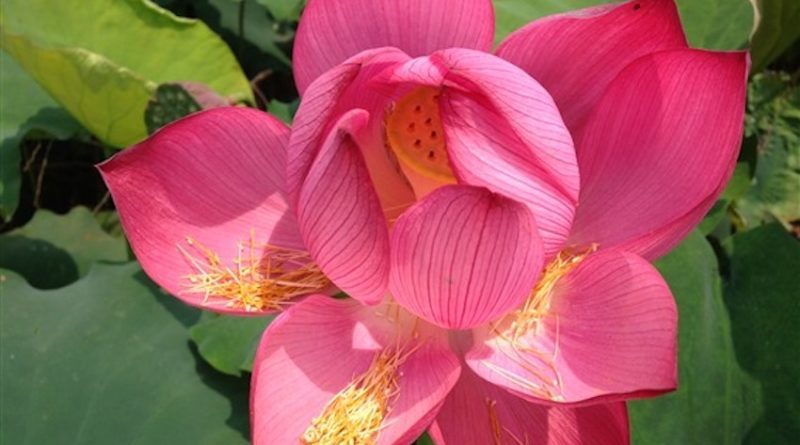Buddhist Ceremonies and Rituals of Sri Lanka
Preface
The theme of this study, Buddhist ceremonies and rituals, may not appeal to the self-styled Buddhist purist who wishes to restrict the designation “Buddhism” exclusively to the teachings of the Buddhist scriptures, which he usually interprets in a narrowly intellectualist manner. The fact remains, however, that the practices and observances to be described here justly claim an integral place within the stream of living Buddhism as practiced by its adherents. Because these practices form an intimate part of the religious life for the vast majority of devout Buddhist followers, they cannot be lightly dismissed as mere secondary appendages of a “pristine” canonical Buddhism.
It has been an inevitable phenomenon in the history of religion that whenever a religion was newly introduced to a culture, its adherents assimilated it and adapted it in ways that harmonized with their own social and cultural needs. In the case of Buddhism this has happened in every country to which it spread, and Sri Lanka is no exception. The core doctrines of Buddhism, such as the Four Noble Truths, the Noble Eightfold Path, dependent arising, etc., often proved too abstruse and elevated for the ordinary populace to apply to their own religious lives. To satisfy their devotional and emotional needs, they required a system of outward acts, communally shared, by which they could express their devotion to the ideals represented by the Dhamma and absorb these ideals into the texture of their daily experience. This was how the “great tradition” of canonical Buddhism came to be complemented by the “small tradition” of popular Buddhism consisting of the rituals and ceremonies discussed in this booklet.
The purpose of the present study is to highlight this often neglected face of popular Buddhism. Though the study focuses on Buddhism as practiced in Sri Lanka, the same basic round of rituals and ceremonies, with minor variations, can be found in the other countries following Theravada Buddhism, such as Burma and Thailand. I also hope that this survey will demonstrate that the expression of Buddhist piety in devotional forms is a necessity if Buddhism is to survive at the popular level as a vital and vibrant force in the daily life of its adherents. Thus the votaries of a “pristine pure Buddhism” posited on the basis of the canonical texts should not ignore or devalue this aspect of Buddhism as an alien encroachment on the Buddha’s original doctrine. Rather, they should come to recognize the devotional manifestation of Buddhism as an essential feature of the tradition, needed to mediate between its exalted ideals and the everyday concerns of the vast majority of its followers.



